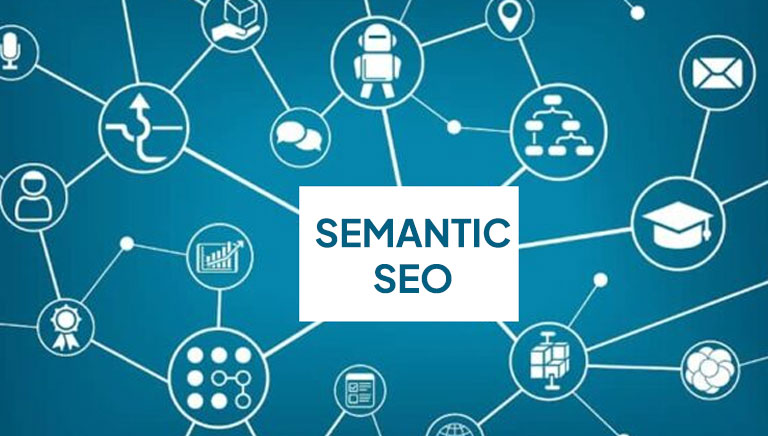EEAT SEO Strategy: How to Build Trust, Authority & Rankings in 2025

If you have been in the SEO game long enough, you’ve likely heard of E-A-T: Expertise, Authoritativeness, and Trustworthiness. But in 2025, the “E” has grown — and it now stands for Experience.
This upgraded acronym, E-E-A-T, is at the core of how Google evaluates content quality, especially in YMYL (Your Money or Your Life) niches like health, finance, and legal. But even outside of those sensitive sectors, E-E-A-T can make or break your rankings.
In this complete post, you all learn how to implement an EEAT SEO strategy that works in 2025.
What is E-E-A-T in SEO?
E-E-A-T stands for:
- Experience – Has the content creator personally used, tested, or lived through what they’re discussing?
- Expertise – Is the content factually accurate and written by someone with subject knowledge?
- Authoritativeness – Is the creator or website a known authority in the space?
- Trustworthiness – Can users (and Google) trust your site, your info, and your business?
It’s not a direct ranking factor — but Google uses it in its Search Quality Evaluator Guidelines, which inform algorithm training and future updates.
Why E-E-A-T Matters More Than Ever in 2025
1. AI Content is Flooding the Web
With generative AI tools everywhere, Google needs a way to separate authentic, valuable content from low-quality AI noise. EEAT is the filter.
2. Helpful Content Updates Prioritize Human Value
Google’s recent Helpful Content Updates penalize sites with low-experience, shallow, or generic content. EEAT is key to avoiding those hits.
3. Trust Is a Core Signal for Rankings
Google wants to serve results it can trust — especially for YMYL queries. If your site isn’t demonstrating trust signals, you’ll struggle to compete.
How to Improve E-E-A-T on Your Website (Step-by-Step)
Step 1: Show Real-World Experience
- Use personal case studies, results, and firsthand insights
- Include real images (not stock), videos, or product demos
- Write from a first-person POV when appropriate
Example: Instead of writing “Best email marketing tools,” try “I used 7 email marketing platforms — here are my results.”
Step 2: Establish Expert Authors
- Use real author bios with credentials
- Link to author LinkedIn, interviews, or publications
- Use Schema Markup for authorship (Person schema)
If you use AI content, always have a human expert edit and add insight.
Step 3: Build Authoritativeness
- Niche down: become a go-to in one topic (topical authority)
- Get featured or mentioned in other high-authority sites (PR helps!)
- Encourage branded searches and repeat visits
Google notices when users seek out your brand directly.
Step 4: Signal Trust Across Your Website
- Use HTTPS, clear navigation, contact info
- Display reviews/testimonials on product pages
- Add a privacy policy, terms, and refund policy
- Show transparency (about page, physical address, team bios)
These seem basic — but they’re trust factors in Google’s eyes.
Step 5: Use Structured Data to Help Google Understand
Implement the following schema types:
- Article/BlogPosting
- Author (Person)
- FAQ
- Review
- Local Business (if relevant)
EEAT for Different Types of Websites
Blog or Content Site
- Add depth, personality, and citations
- Show off the author’s credentials
- Build topic clusters around specific themes
E-commerce Site
- Use real product reviews (UGC helps)
- Add trust badges, guarantees, and testimonials
- Provide clear return/shipping info
Affiliate Site
- Disclose affiliate relationships transparently
- Show you’ve tested or used the products
- Provide helpful comparisons, not just product promos
Tools to Help Improve E-E-A-T
| Tool | Use Case |
|---|---|
| Clearscope | Optimize content depth & relevancy |
| Surfer SEO | NLP keyword suggestions |
| Frase | Content brief + semantic SEO |
| HARO | Get expert quotes + backlinks |
| Google Search Console | Monitor trust-related signals |
Common E-E-A-T Mistakes to Avoid
- Using anonymous or fake authors
- Publishing generic, shallow AI content
- Ignoring trust signals (no contact info, HTTPS, etc.)
- No topical focus — trying to cover everything
FAQs About EEAT SEO
Q1: Is EEAT a direct ranking factor? No — but it strongly influences how your site is perceived and ranked.
Q2: Can new sites build EEAT quickly? Yes, especially in smaller niches. Focus on experience and topical authority.
Q3: How does Google evaluate experience? Through signals like first-person language, unique insights, media, and user engagement.
Q4: Can AI-generated content rank with EEAT? Only if it’s human-reviewed, edited, and enhanced with real experience.
Final Thoughts
EEAT isn’t just for health or finance sites — it’s for anyone who wants to build a long-lasting brand on Google.
In 2025, trust, depth, and authenticity are the new SEO power trio. Whether you’re a blogger, SaaS founder, or affiliate marketer, focusing on E-E-A-T will protect you from future updates and boost your authority across search.
Want more advanced SEO insights like this? Head over to ClickHype.co.uk — your growth lab for AI-era blogging, SEO, and content strategy.










